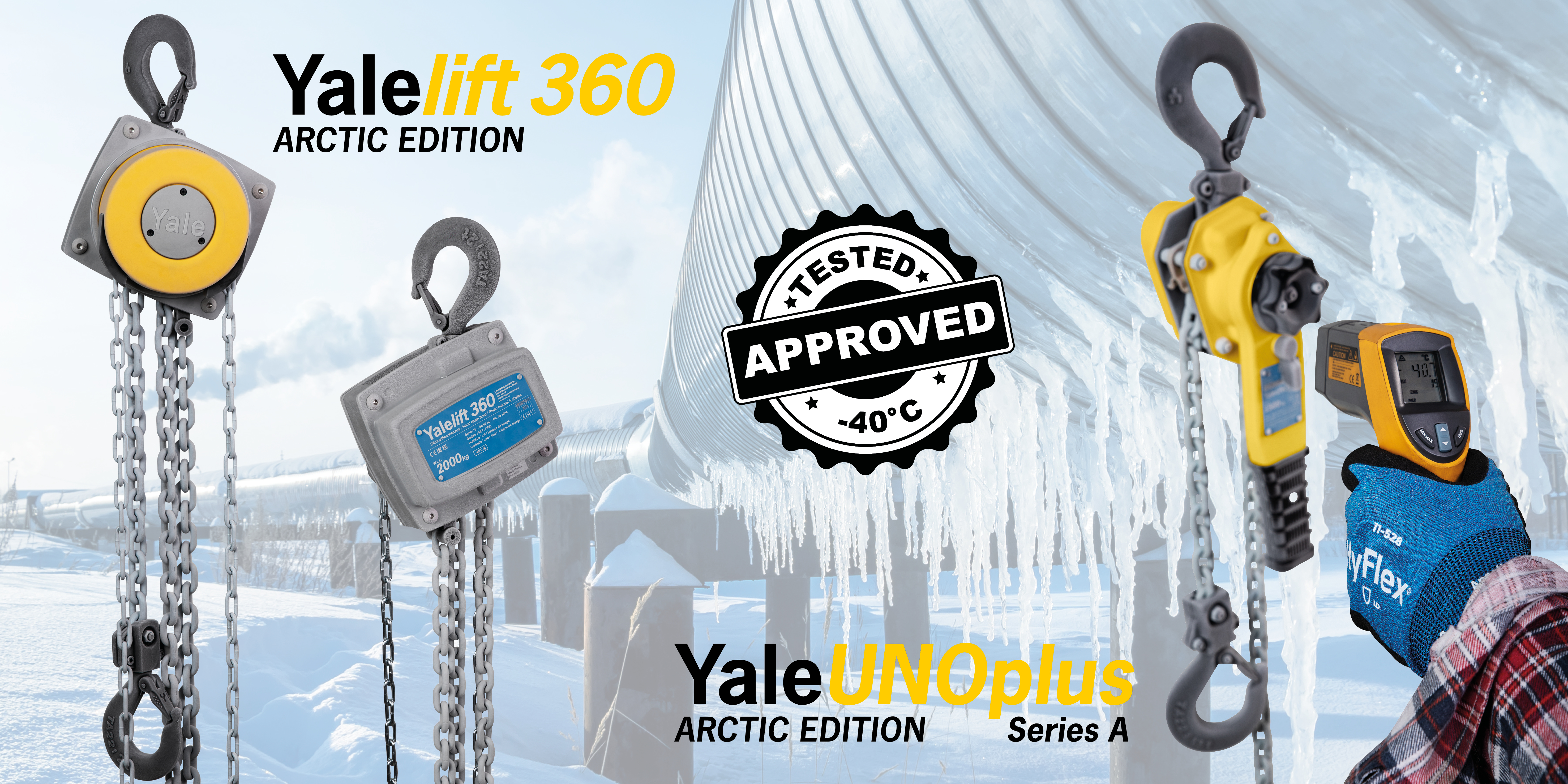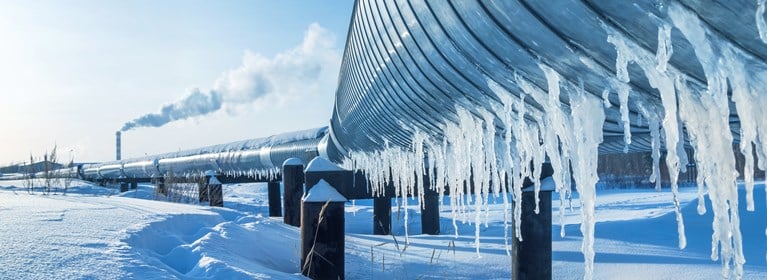In many parts of the world, hoists are being used in temperatures below -20°C. Commonly associated with such extreme temperatures are northern regions such as Norway, Sweden, Finland and Greenland, Canada or the United States.
In practice, there are many more regions where applications with hoists must sustain temperatures below -20°C.
Examples include assembly or repair work, e.g. of cable cars in mountainous regions, in cold stores, in oil and gas exploration and production in the North and Baltic Seas or simply external assembly and repair work in the construction industry that can face partly extreme temperatures.
In all of these areas, hoists must function safely even under extreme temperatures, in order to keep risks to people and material as low as possible and to enable effective work. The selection of the right hoists and cranes is of crucial importance for the operator.
If the operator specified incorrectly the hoist, the potential for costly equipment damage, personal injury and lost productivity resulting from failure of lifting equipment can be very significant.
While reputable manufacturers of lifting equipment utilize sound engineering, quality materials and have safety factors designed into their equipment, it is important to note that most manufacturers’ standard capacity ratings and duty classes do not take into account the impact that extreme cold temperatures can have on structural steel and other construction materials. This fact is borne out in a variety of industry standards.
As samples can be listed for Europe:
Standard hoists according to EN13157 (cranes - safety - hand operated cranes)
5.1.12 Temperature
Hand chain blocks, and their components shall be capable of operating within an ambient temperature range of -10°C to +50°C unless another temperature range is agreed between the manufacturer and the purchaser.
Standard Hoist Products from CMCO are suitable for a temperature range of -20°C to +50°C!
For the Americas:
ASME (The American Society of Mechanical Engineers) ASME HST-2-1999 Performance Standard for Hand Chain Manually Operated Chain Hoists states “The hoists and trolleys covered by this Standard are intended for industrial use in ambient temperatures from 0° F (-18° C) to 130° F (54° C).”
These and other standards reinforce the point that “standard” lifting equipment may not be suitable for use in extreme cold. The temperature limitations set forth in these documents may vary slightly from one standard to another, but they all recognize that temperature can negatively affect the safe working capacity of lifting equipment.

The Impact of Cold on Steel and other Construction Materials
Many materials change their behavior at low temperatures. Depending on the chemical composition and heat treatment, some steels then tend to brittle fracture. In addition, the sensitivity to shock loads increases. As a result, fractures can occur suddenly without prior deformation, which cannot be foreseen by the user. In addition, the lubricants used must be suitable for the low temperatures, otherwise the safety functions of the hoist can be impaired.
All products under the label ARCTIC EDITION are sold complying with these requirements and using appropriate materials and lubricants. This has been extensively tested at an ambient temperature of -40°C. These tests included functional stress tests, endurance tests, fracture strength tests and impact tests.
Because this we hereby confirm that the following products can be stored and/or used in a temperature range from -40°C to +50°C!
EMEA - EN



